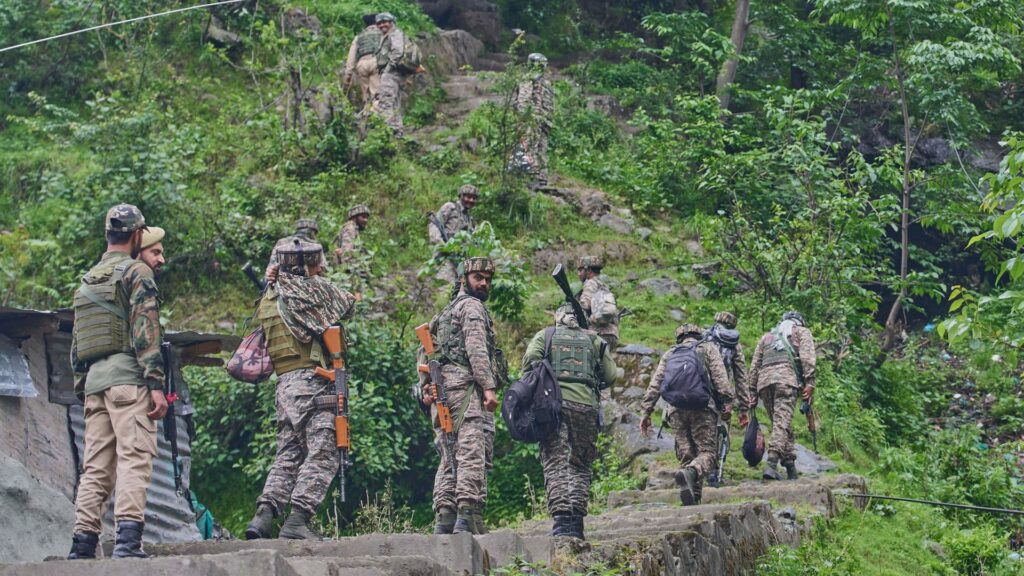Despite agreeing to a ceasefire just hours earlier, India and Pakistan continued to strike each other late Saturday, May 10. However, by early Sunday morning, the fighting had largely stopped, The Associated Press reports.
On Saturday, India and Pakistan agreed to a full and immediate ceasefire, following weeks of escalating tensions between the two nuclear-armed countries.
Sporadic skirmishes follow ceasefire
The ceasefire, which ostensibly went into effect at 5 p.m. local time, was meant to cover all military action across the land, air and sea. However, heavy gunfire between Indian and Pakistani troops was reportedly exchanged late Saturday along the Line of Control, a border dividing India and Pakistani-administered territories in the disputed Kashmir region. Such skirmishes have erupted regularly since Wednesday, May 7, with each side blaming the other for instigating the fight and claiming self-defense.
Meanwhile, drones were reportedly seen flying over India’s Kashmir territory, as well as Gujarat in the west, according to officials with India’s government.
India claims successful military action
On Sunday, India’s Lt. Gen. Rajiv Ghai claimed that over the past week, his armed forces struck nine militant infrastructure and training facilities, including some that allegedly helped train those responsible for militant action in India and its disputed Kashmir territory. Ghai also said that India has killed more than 100 Pakistani militants and top leadership. The AP notes it was unable to verify these claims.
Why are the nuclear-armed countries fighting?
Pakistan and India have been exchanging gunfire, missile and drone strikes since 26 people –– mostly Indian Hindus –– were killed April 22, after a group of gunmen opened fire at Pahalgam, a Kashmir Valley tourist destination. India accused Islamabad of being behind the attack, a charge Pakistan denies. By April 30, Pakistani officials were claiming that they had “credible intelligence” of impending Indian military action.
According to reports, more than 60 civilians have been killed and buildings destroyed in parts of both Indian and Pakistan-controlled Kashmir.
What happens next?
The ceasefire, reportedly mediated by the U.S., was first announced Saturday by President Donald Trump. India’s Prime Minister Narendra Modi has yet to publicly comment on the deal or U.S. involvement in it. A social media post from India’s Ministry of Information and Broadcasting downplayed the Trump administration’s role, saying that the “stoppage of firing & military action between India and Pakistan was worked out directly between the two countries.” However, Pakistan’s prime minister, Shehbaz Sharif, thanked Trump for playing a “pivotal role in the ceasefire,” while acknowledging similar efforts by Saudi Arabia, China, Turkey, Qatar and the U.K.
On Sunday, May 11, Modi chaired a meeting with top government and military officials, according to the AP, ahead of talks between India and Pakistan’s top military officials on Monday.
During his first Sunday Mass, newly elected Pope Leo XIV lauded the ceasefire agreement between India and Pakistan, saying, “I hope that, through the upcoming negotiations, a lasting agreement may soon be reached.”


